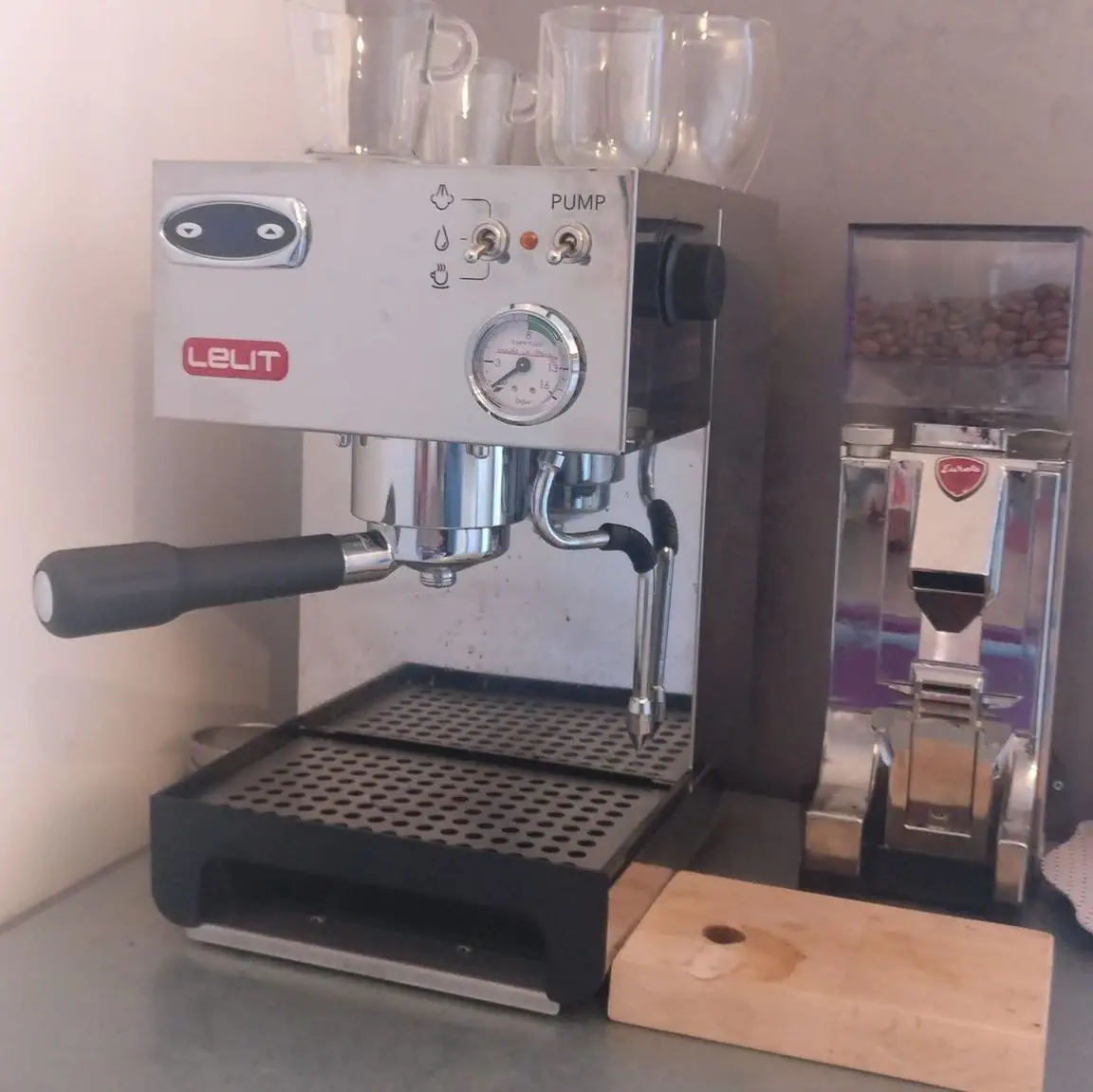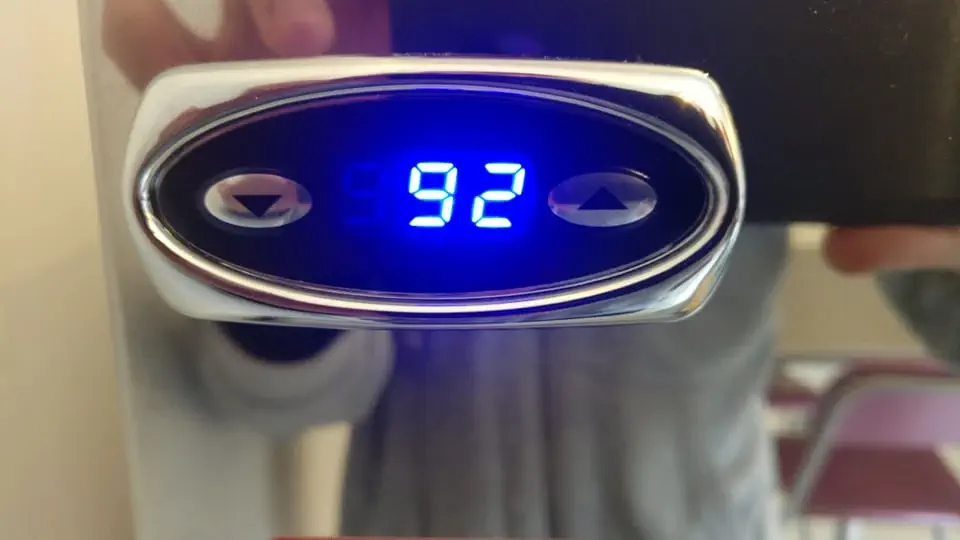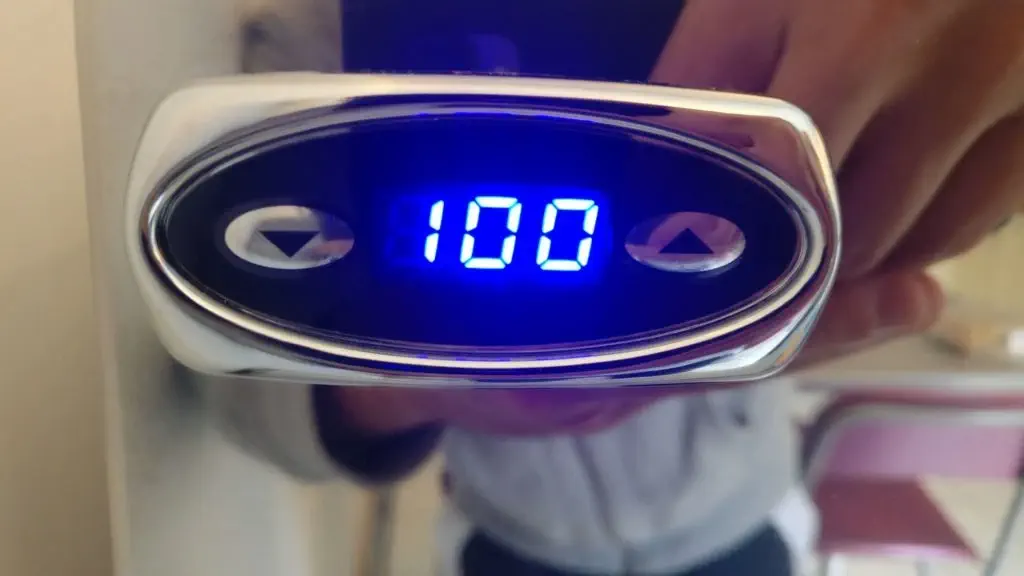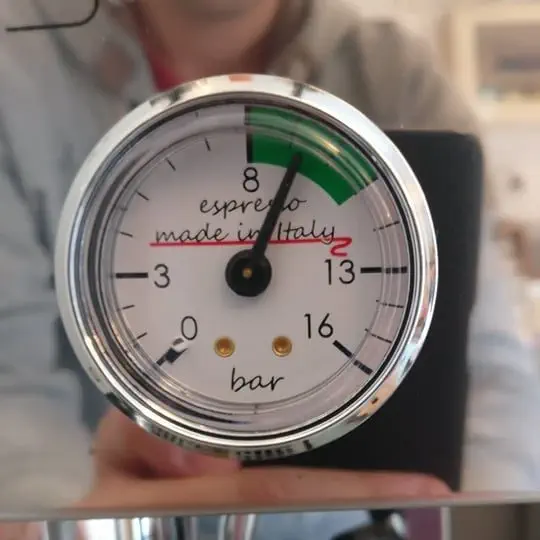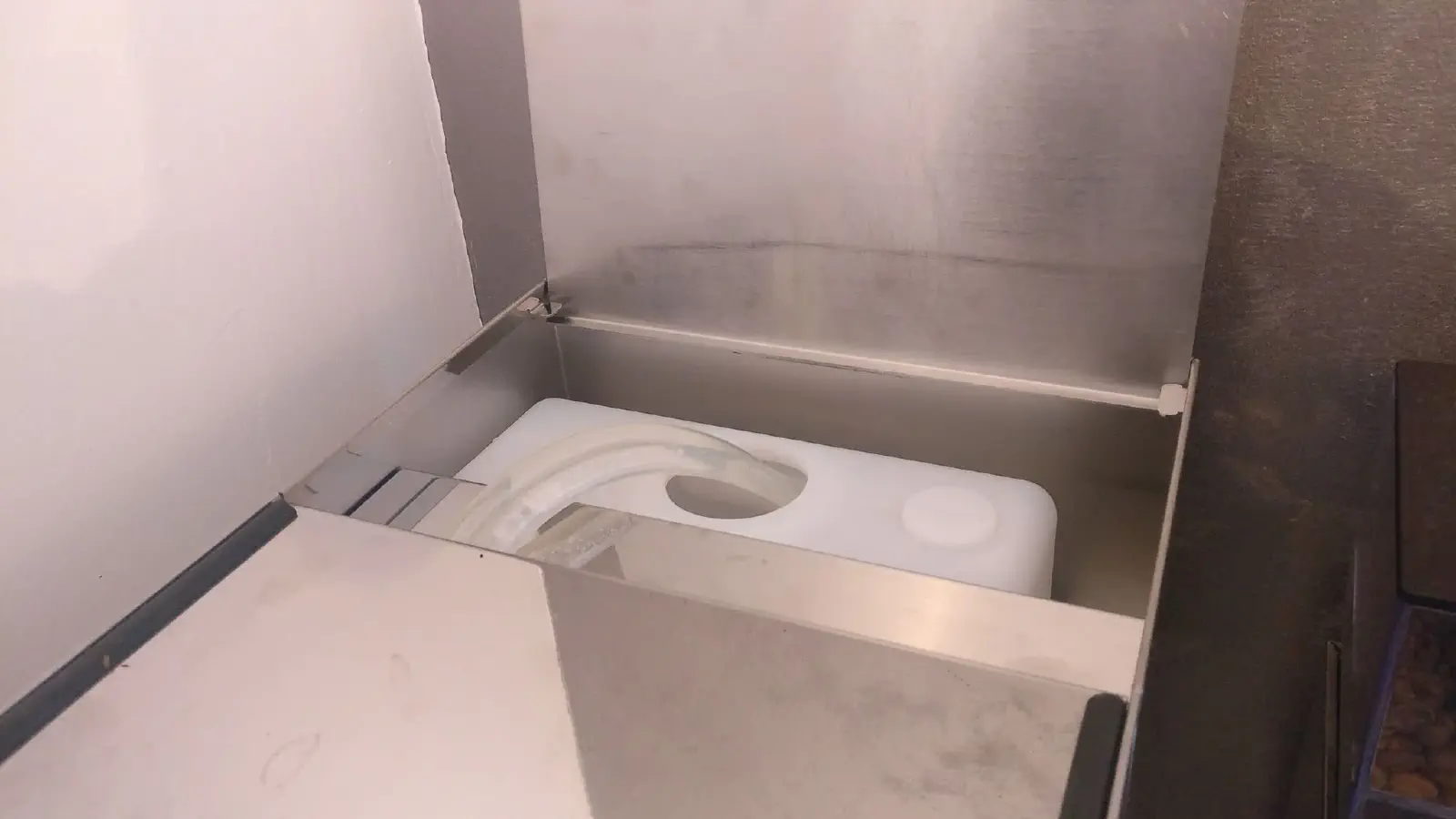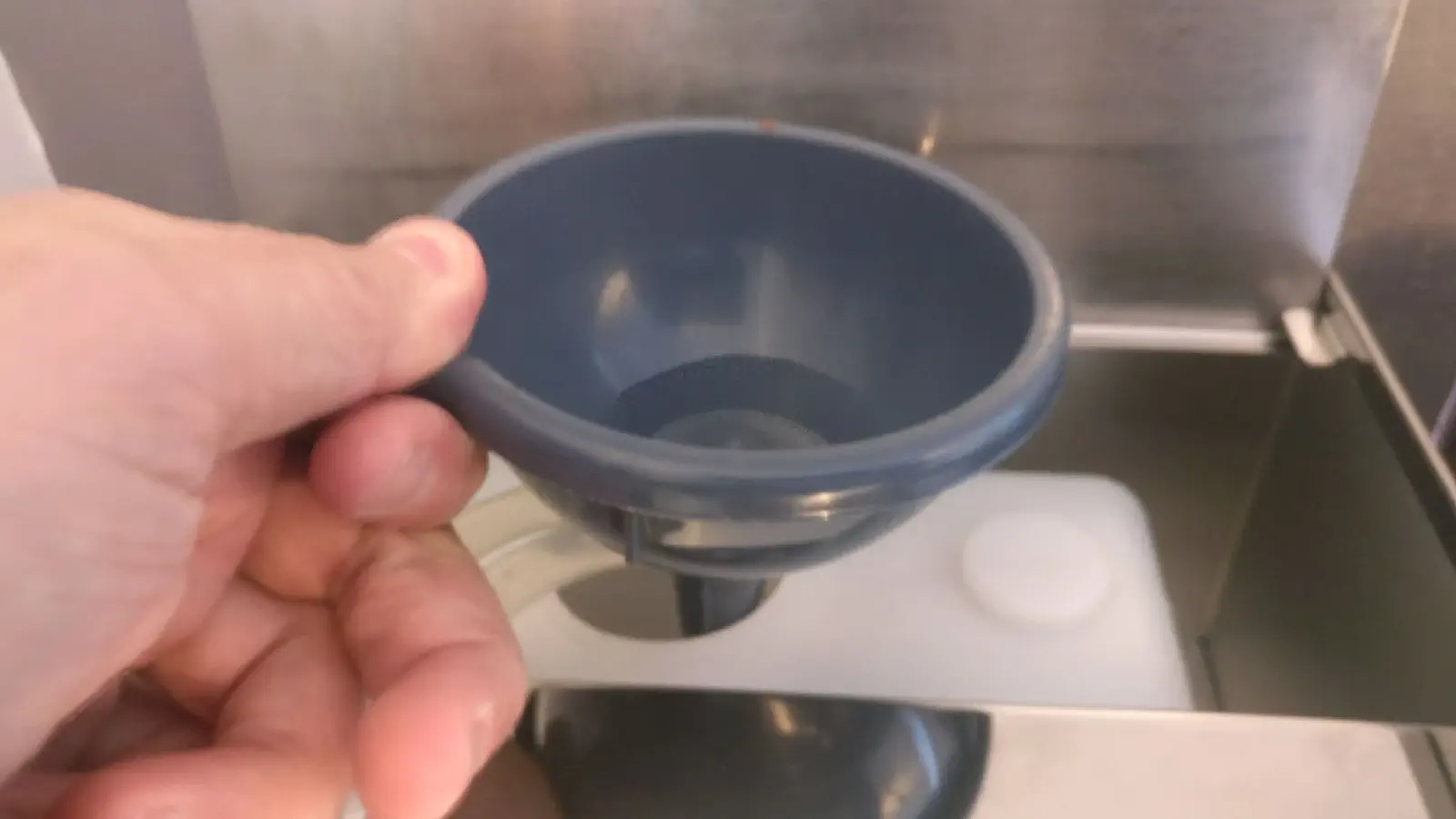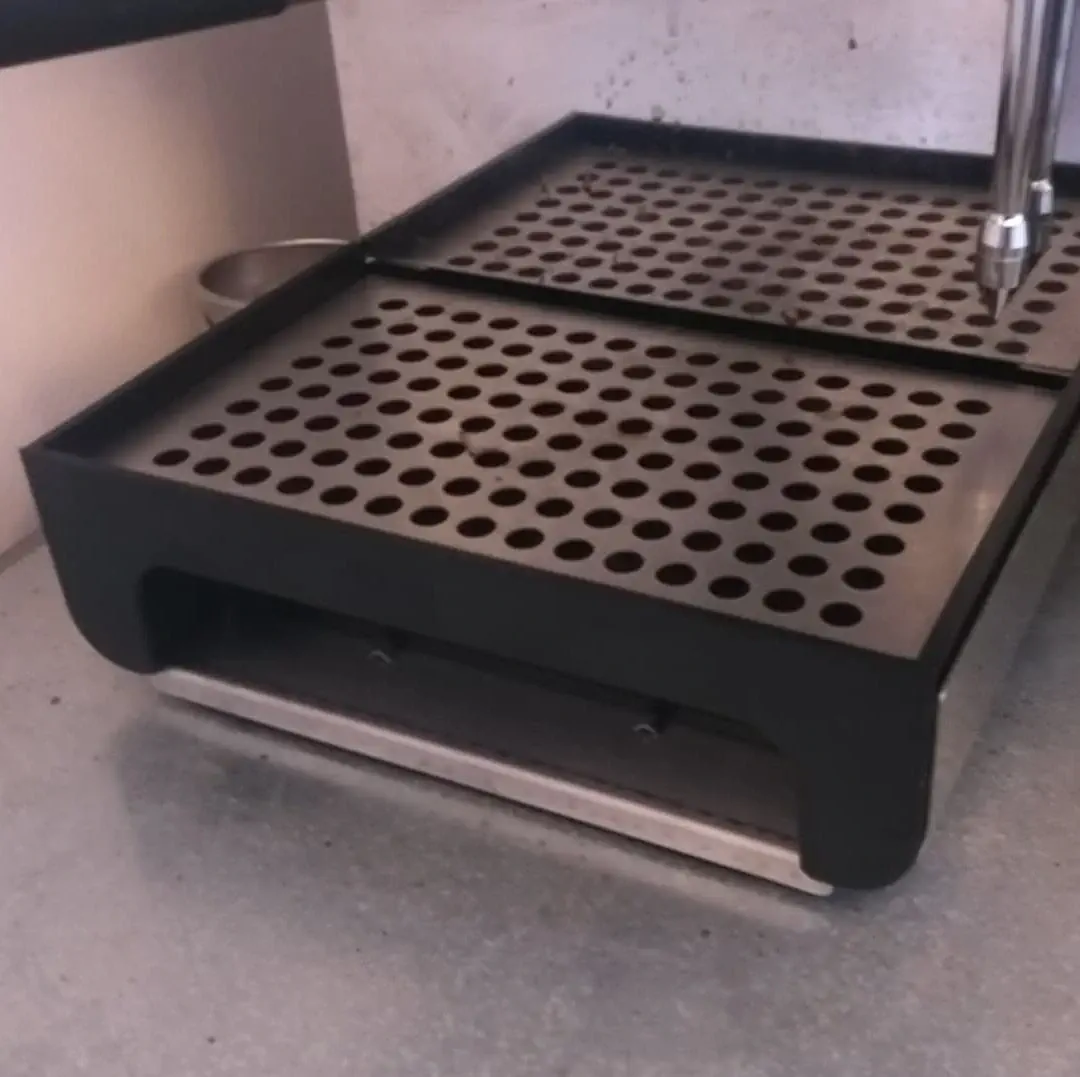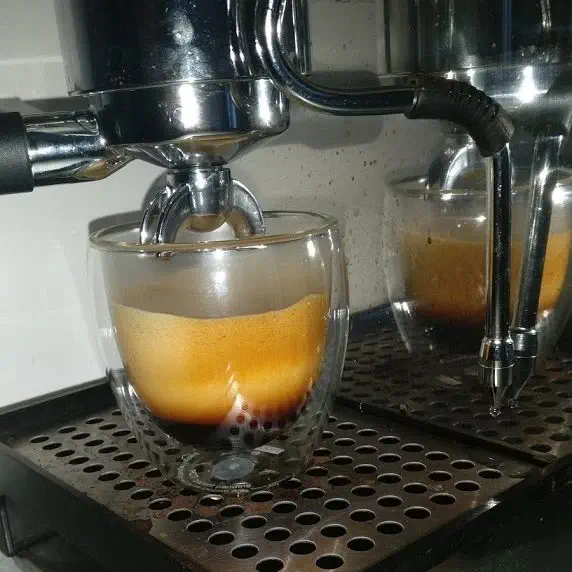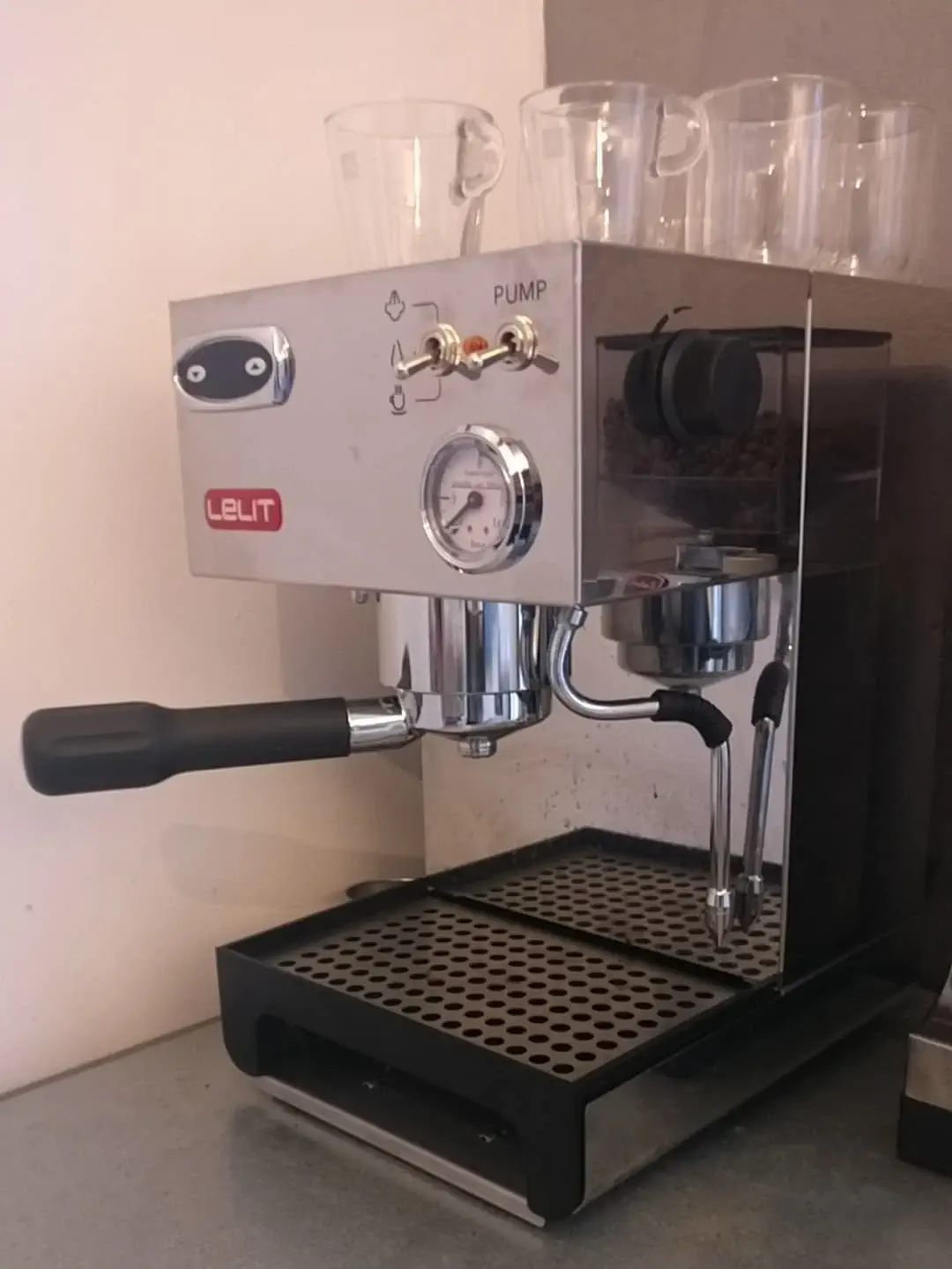Test and Review of the Lelit 41 TEM PID – Manual Espresso Machine with PID

Discover our complete review of the Lelit 41 TEM PID, a manual espresso machine that combines retro design, modern technology, and precise thermal control thanks to its PID. Ideal for home coffee enthusiasts who want to customize their extraction, it promises a rich and authentic coffee experience.
Why I chose the Lelit 41 TEM PID
Recently passionate about the world of coffee, I excluded automatic machines to favor the preparation ritual. After extensive research and comparisons, my choice fell on the Lelit 41 TEM PID for its quality/price ratio and its promising technical characteristics.
Description and technical specifications
The Lelit 41 TEM PID is a manual espresso machine equipped with a PID (electronic temperature regulation) and an extraction pressure gauge.
It features a 250 ml boiler and a three-way solenoid valve.
See the Lelit 41 TEM PID on Amazon
Design and finish
A stainless steel body, compact dimensions, and retro switches: the design is both discreet and elegant.
Whether your kitchen is modern or classic, it integrates easily.
See the Lelit 41 TEM PID on Amazon
The role of the PID
The PID allows you to regulate the temperature to the degree, which optimizes extraction depending on the chosen coffee.
Real-World Testing
Temperature set to 95°C: the water first heats to 100°C then quickly drops back down.
The stabilization time is short, but the small boiler size results in a slight temperature drop during extraction.
The Extraction Pressure Gauge
The pressure gauge allows you to visualize the extraction pressure (ideally around 9 bars for an espresso).
It’s a valuable tool for adjusting grind size and dose.
Other Important Points
Three-Way Solenoid Valve
It depressurizes the portafilter after extraction, allowing quick succession of coffee preparation.
Reservoir Filling
Drip Tray
Noise
The pump is relatively quiet, which is appreciated in the morning.
The pressurized filter
The result obtained is far from a true espresso: beer-like foam and less rich taste.
To be avoided if you’re looking for an authentic extraction.
Steam wand
With its single boiler, you need to wait 30 seconds to switch from coffee to steam.
It remains effective for frothing milk, but daily cappuccino enthusiasts will prefer a dual boiler machine.
Conclusion
- Makes good coffee
- Quality construction
- Good value for money
- Extraction pressure often exceeds 9 bars (hybrid machine)
- Non-standard 57 mm portafilter, limiting accessory choices
The Lelit 41 TEM PID meets my expectations: extraction quality, ease of use, > refined design.
After adjustments, I get a balanced espresso with satisfactory crema.
It’s an excellent machine for starting out in manual espresso, while having an upgradeable tool.
